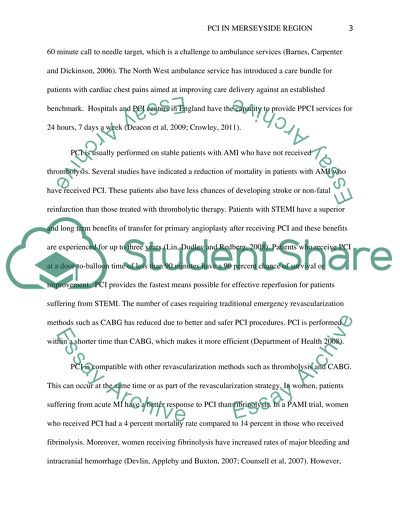Cite this document
(“Critical analysis of Percutaneous coronary intervention (PCI) Essay”, n.d.)
Retrieved from https://studentshare.org/health-sciences-medicine/1400289-critical-analyse-percutaneous-coronary
Retrieved from https://studentshare.org/health-sciences-medicine/1400289-critical-analyse-percutaneous-coronary
(Critical Analysis of Percutaneous Coronary Intervention (PCI) Essay)
https://studentshare.org/health-sciences-medicine/1400289-critical-analyse-percutaneous-coronary.
https://studentshare.org/health-sciences-medicine/1400289-critical-analyse-percutaneous-coronary.
“Critical Analysis of Percutaneous Coronary Intervention (PCI) Essay”, n.d. https://studentshare.org/health-sciences-medicine/1400289-critical-analyse-percutaneous-coronary.


